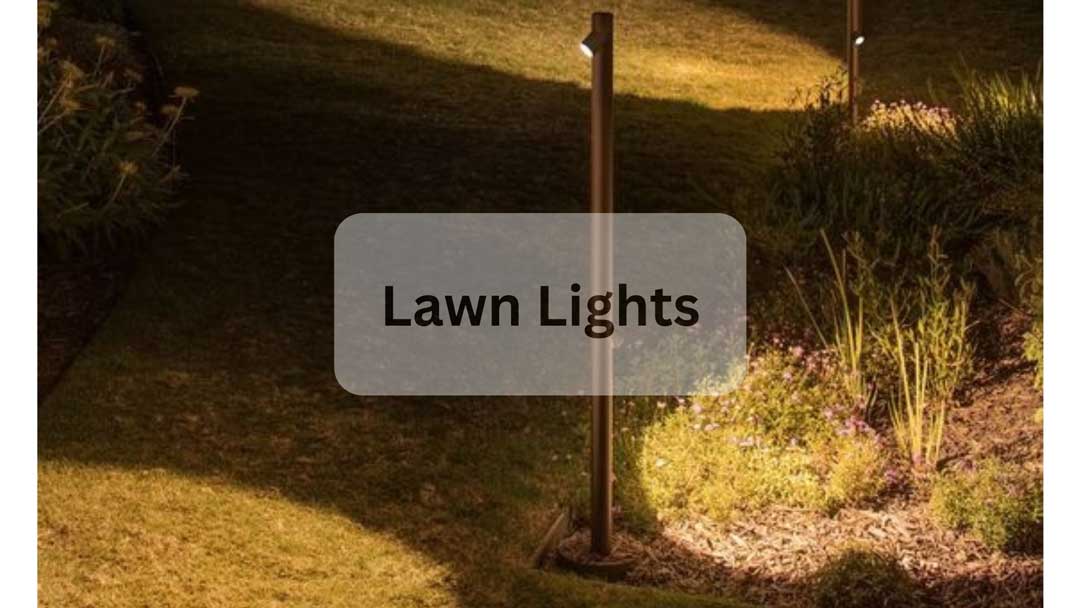Lawn lighting can present challenges, especially when dealing with flat, level, and meticulously trimmed lawns. Unless you have a specific activity that requires illumination, direct lighting on a flat lawn often lacks interest. Additionally, the spill of light from other features in your landscape may already provide some degree of illumination.
However, take a moment to observe how nature utilizes light on flat surfaces during the day. With a touch of imagination, even a flat lawn can be transformed into something remarkable.
Wash lighting
If your lawn falls into the flat and level category, consider using spotlights or wide floods with barn doors. Barn doors help to contain the beams, preventing upward spillage.
Aim the lights across the lawn from a low position, ideally allowing them to shine through or past other elements such as shrubs or screens. This technique creates captivating patterns of shadows across the lawn, turning the light itself into a captivating feature.
Using a very low light setting can enhance the texture of the grass, while even subtle changes in surface levels become more pronounced. This approach works particularly well when portions of the lawn are partially concealed from view. By creating a semi-hidden pool of light, you can give the illusion of a larger garden and entice viewers to explore further.
If your lawn features undulations or sharp level changes, or if you maintain longer grass, such as a meadow lawn with an informal path, the possibilities become even more intriguing. Here, your imagination sets the limits, as there are no right or wrong ways to approach it. However, exercise caution when it comes to color choices. In general, low-level spotlights or floodlights are the preferred approaches, with lower placements yielding better results. Illuminating the lawn from a height will inadvertently give it the appearance of a sports field, which we aim to avoid.
Path lights
If you have a path crossing or adjacent to the lawn, appropriate path lights will likely provide sufficient illumination for visibility.
For a more captivating outcome, consider placing directional spotlights among the grass and plants to highlight small patches, such as specimen plants or wild herbs. Alternatively, scatter ground-level path lights randomly in the grass to create a mysterious glow here and there.
When working with a lawn in a formal garden, preserving the formality while achieving effective lighting may seem like a challenge. One approach is to utilize the formal structures within the garden as screens for the light sources. This way, you can create brightly lit areas of the lawn surrounded by the elegant silhouettes of retaining walls.
If you have the inclination for more adventurous lighting, experiment with gobos featuring formal patterns, provided you can find suitable luminaires to accommodate them. You may need to engage in a bit of DIY if you wish to incorporate these accessories into your setup.
Use garden lanterns
The lawn provides an excellent opportunity to showcase the light source itself as a prominent feature. Consider incorporating Japanese stone lanterns or oil lamps, which can add a touch of charm and character. Garden centers and specialist suppliers offer a diverse range of lights, both electric and otherwise, that not only provide functional illumination but also serve as intriguing focal points.
However, keep in mind that some of these options, particularly oil lamps, and candles, may not be suitable for all situations, especially if you desire the convenience of turning the lights on and off from inside your home.


